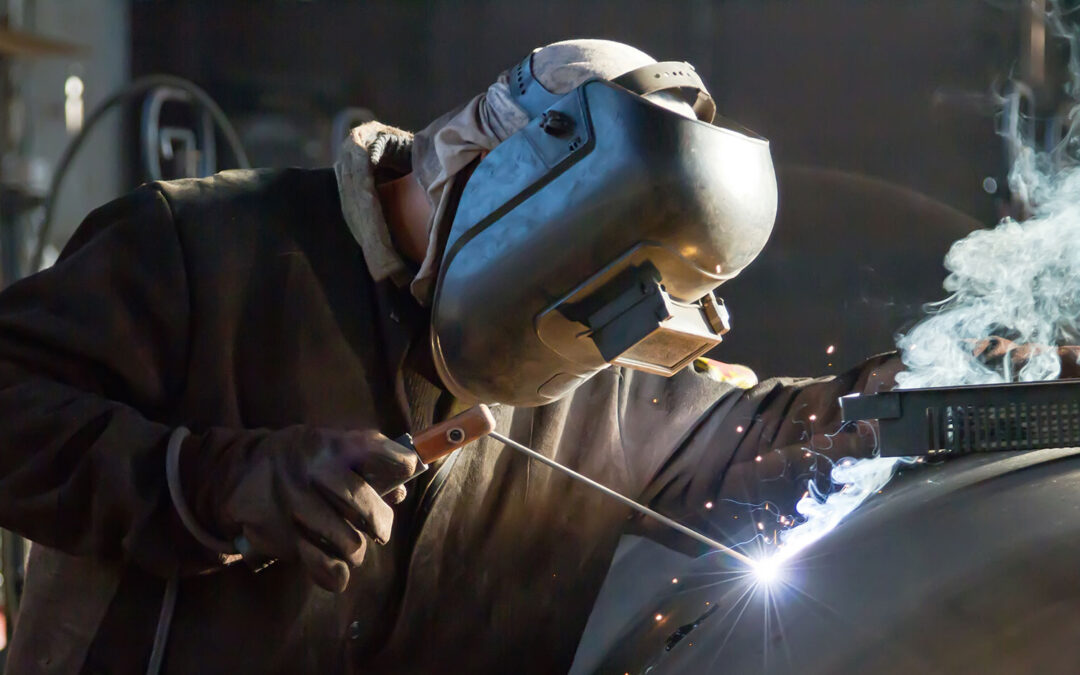Welding is a fundamental and versatile industrial process that joins materials, primarily metals, by applying heat and pressure to fuse them together. This indispensable technique has shaped modern civilization, enabling the construction of everything from skyscrapers to intricate machinery. In this article, we delve into the world of welding, exploring its core principles, essential equipment, and the various welding processes that have revolutionized numerous industries.
What is Welding?
Welding is the process of permanently joining two or more materials, usually metals, to form a single, unified structure. The materials being welded are referred to as the base metals or workpieces, while the material added to facilitate the fusion is called the filler metal or welding rod. The objective of welding is to create a strong and continuous bond between the base metals, ensuring structural integrity and durability.
The Welding Process: Core Principles
At its core, the welding process involves four essential principles:
- Heat: Welding relies on generating heat to melt the base metals and, in some cases, the filler metal. The heat can be generated using various sources, such as electric arcs, gas flames, or laser beams.
- Pressure: Once the metals are heated to a molten state, pressure is applied to force the materials together. This pressure helps to expel impurities and air gaps, ensuring a solid, defect-free joint.
- Filler Metal: In some welding processes, additional material known as filler metal is used to strengthen the weld joint. The filler metal can match the composition of the base metals or be chosen for specific properties such as strength, corrosion resistance, or electrical conductivity.
- Cooling: After the welding is complete, the molten metal cools and solidifies, forming a strong bond between the base metals. Proper cooling is essential to achieve the desired weld quality and avoid cracking or distortion.
Different Welding Processes
There are several welding processes, each tailored to specific applications, materials, and project requirements. The following are some of the most common welding techniques used across industries:
Arc Welding
Arc welding utilizes an electric arc between an electrode and the base metal to generate the necessary heat for fusion. Some popular arc welding methods include:
a. Shielded Metal Arc Welding (SMAW) – Commonly known as “stick welding,” SMAW uses a consumable coated electrode to create the arc.
b. Gas Metal Arc Welding (GMAW) – Also called “MIG welding,” GMAW uses a continuous wire electrode and an inert gas to shield the weld zone.
c. Gas Tungsten Arc Welding (GTAW) – Known as “TIG welding,” GTAW employs a non-consumable tungsten electrode and an inert gas for shielding.
Resistance Welding
Resistance welding joins materials by applying pressure and passing an electric current through the materials, creating heat at the joint. Some common resistance welding techniques include spot welding and seam welding.
Gas Welding
Gas welding involves the combustion of acetylene or other fuel gases mixed with oxygen to generate a high-temperature flame for welding purposes. Oxy-fuel welding is one of the oldest welding methods and is still used for certain applications.
Flux-Cored Arc Welding (FCAW)
Similar to GMAW, FCAW employs a tubular wire filled with flux, providing shielding and producing a slag that protects the weld.
Conclusion
Welding is an essential industrial process that underpins modern construction, manufacturing, and repair work. Its versatility and ability to join materials permanently and securely make it indispensable in a wide range of applications. Understanding the core principles of welding and the various welding processes empowers professionals to choose the right technique for specific projects, ensuring the highest quality, safety, and efficiency in welding operations. As technology continues to advance, welding processes are likely to evolve, bringing even greater precision, productivity, and innovation to industries worldwide.

